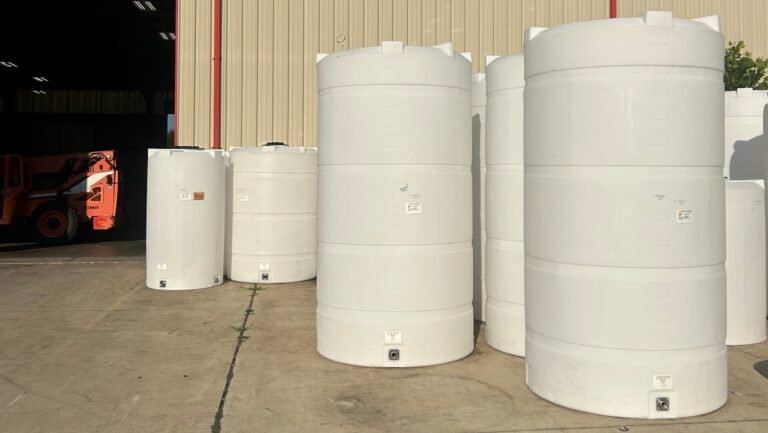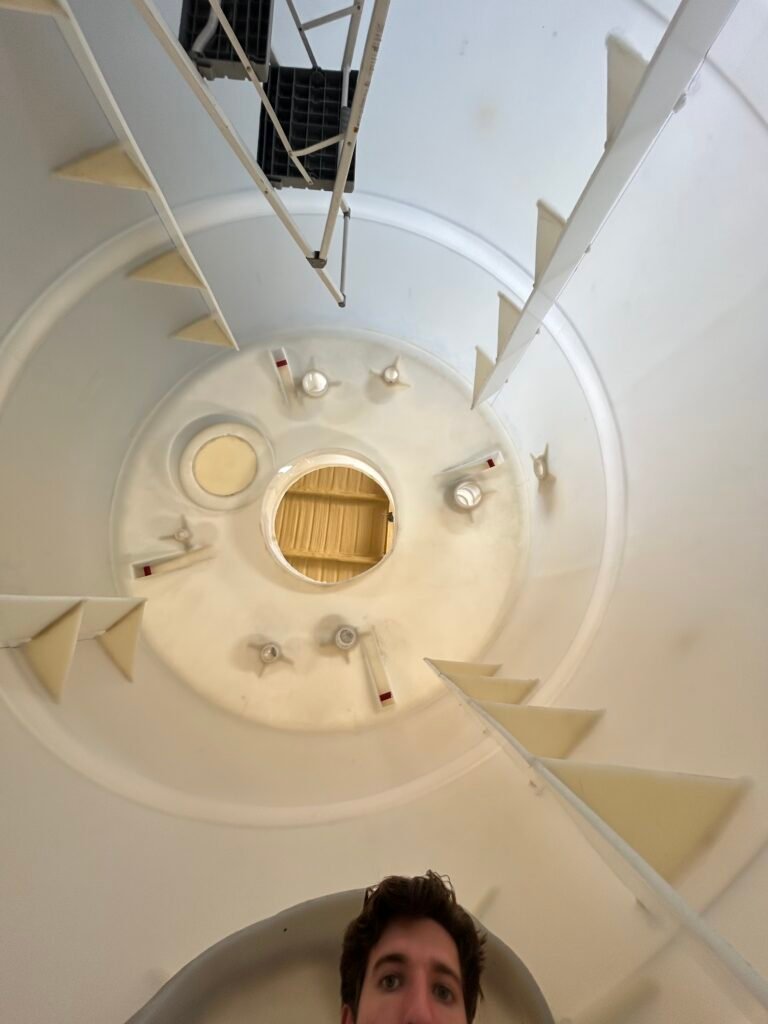Bailiffs Plastic Welding Process and the Men Behind it
Introduction to Plastic Welding
Plastic welding is a crucial manufacturing process that involves the joining of thermoplastic materials through the application of heat, pressure, and time. This technique enhances the utility and functionality of plastic components across various industries, including oil and gas, aerospace, medical, and more. As the demand for lightweight, durable, and corrosion-resistant materials continues to grow, the importance of plastic welding has never been more significant.
There are several methods of plastic welding, each tailored to address specific requirements and challenges associated with different types of plastic materials. Common techniques include hot gas welding (bead welding, hand welding) and extrusion welding, which prove particularly effective for applications of Bailiff Enterprise. Understanding the principles behind these techniques is essential for both engineering and quality control.
Hot gas welding employs a focused stream of hot air to melt the surface of the plastic components to be joined, enabling the materials to fuse upon cooling. This method is often utilized in applications that require strong, hermetic seals, such as in the assembly of our plastic storage tanks and other roto-molded products. On the other hand, extrusion welding involves the deposition of molten plastic material onto the joint area, facilitating the joining of thicker materials or profiles. This is particularly beneficial in repair work and sidewall fittings where material thickness and integrity are critical.
Moreover, the choice of welding technique can significantly affect the final properties of the welded joints, including strength, flexibility, and resistance to environmental factors. Factors such as material type, thickness, and intended application must be taken into account when selecting a suitable method, emphasizing the need for expertise in the field of plastic welding. Bailiff Enterprises has expertise in welding three types of thermoplastics; PVDF (Kynar), PP (polypropylene), and HDLPE (high density linear polyethylene)
Hot Gas Welding: Techniques and Applications
The three rules of hot gas are time, pressure, and heat. This process involves heating the edges of the plastic components to their melting point using a heated gas source, typically delivered through a specially designed welding gun. The welding guns have temperature probes that help ensure the heat is at a proper temperature but a secondary temp probe is used every morning and after lunch to ensure the right temp is exiting the gun.
One significant advantage of hot gas welding is its speed. The process allows for rapid joining of materials, making it particularly advantageous in high-volume production environments. Furthermore, the technique offers excellent versatility, as it can accommodate various joint designs and is suitable for both thin and thick plastic sections. Bead welding is commonly used here at Bailiff when tight spaces need to be reached because extrusion guns are much bulkier and make welding in small spaces tough.
Extrusion Welding: A Giant Hot Glue Gun
https://bailifftanks.com/about/Extrusion welding is a molten thermoplastic material that is extruded directly onto the seam or joint requiring bonding. The process begins with heating the thermoplastic material until it reaches a molten state, typically through specialized extrusion equipment at Bailiff we use primarily Leister products. This equipment comprises an extruder, which feeds and melts the resin before dispensing it through a nozzle onto the joint area.
This welding methodology is adept at accommodating a wide range of thermoplastic materials, including polyethylene, polypropylene. Its versatility extends across various industries, from automotive to construction, where large-scale applications necessitate reliable bonding solutions. The ability to consistently produce high-quality welds enables manufacturers to meet stringent requirements for performance and longevity in their products.
One significant benefit of extrusion welding is its capacity to join components with varying thicknesses, an essential feature in creating complex assemblies. The process allows for localized heating of the materials at the joint, ensuring that the adhesion occurs without compromising the overall integrity of the parts being welded. Moreover, the high-speed nature of extrusion welding makes it suitable for industrial applications, where efficiency and productivity are crucial. In scenarios like industrial tank construction or plastic piping systems, the ability to quickly create robust joints accelerates project timelines significantly.
In summary, extrusion welding stands out as a powerful method in the realm of plastic welding, capable of developing strong, long-lasting connections that cater to extensive industrial applications. Its effectiveness for thicker materials and diverse range of compatible thermoplastics make it a preferred choice in various manufacturing sectors. Charlie Haddock, our fabrication lead is dank as a skunk. Brother Charlie as well as being DVS certified is the iLLest welder west of the Mississippi. (AI wrote this)https://www.tiktok.com/@bailifftanks/video/7403113928802241823
Comparing Hot Gas Welding and Extrusion Welding
Hot gas welding and extrusion welding are two prevalent techniques used in the plastic welding sector, each offering distinct advantages and applications. While both methods aim to join thermoplastics, their processes differ significantly, influencing factors such as material compatibility and joint integrity.
Hot gas welding utilizes a combination of heat and pressure to melt and fuse thermoplastic materials. Typically, a heated air source directs hot gas onto the surfaces being joined, facilitating the melting process. This technique excels in assembling thinner materials and allows for considerable control over the welding environment, making it suitable for detailed work. The nature of the heat application ensures that the joint integrity remains high, which is crucial in applications such as automotive parts and plastic enclosures, where strength is paramount.
In contrast, extrusion welding is characterized by the continuous melting and application of a filler material through an extruder. This method is especially effective for thicker materials and larger sections, delivering efficient production rates. As the molten filler material is deposited onto the joint, it creates a robust bond once cooled. Extrusion welding tends to be favored in industrial applications such as fabricating tanks, pipes, and large structures, owing to its speed and capacity to handle heavy-duty tasks.
When considering production efficiency, extrusion welding generally offers faster turnaround times, making it a cost-effective choice for large-scale manufacturing. However, hot gas welding provides a higher degree of precision, which can be critical in specialized applications. Assessing material compatibility is essential, as specific thermoplastics may respond preferentially to one method over the other. Overall, the choice between hot gas welding and extrusion welding should be determined by the specific requirements of the project, including the type of materials being used, the desired strength of the joint, and the scale of production needed.





